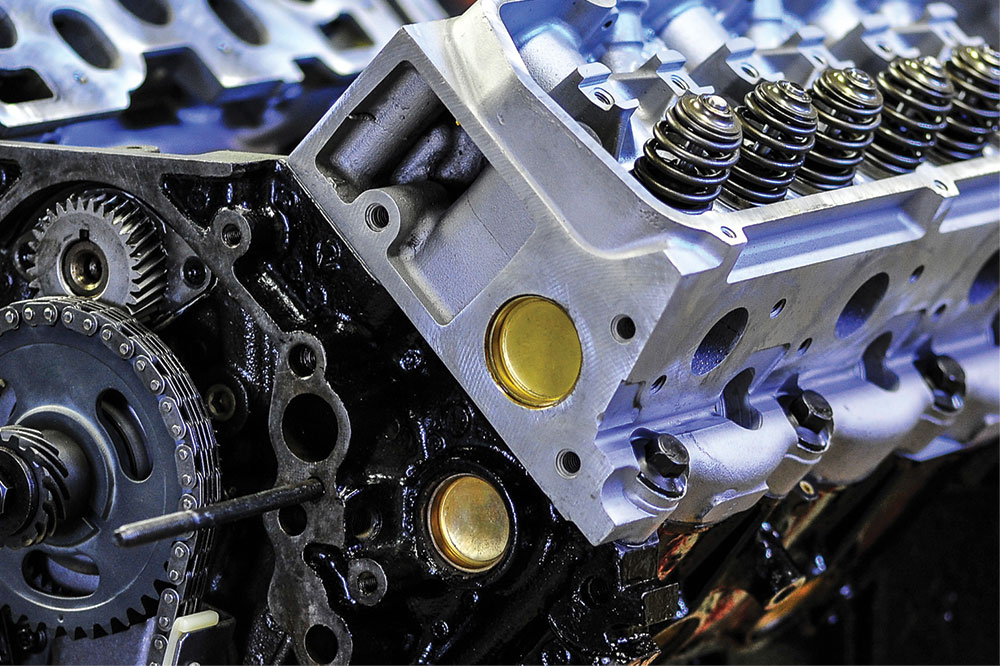Comprehensive Guide: 8 Crucial Steps to Accurately Price a Used Vehicle for Optimal Value
Learn how to accurately value a used vehicle with our comprehensive guide. Covering market research, condition assessment, mileage, regional factors, and negotiation tips, this article helps you set a fair price whether buying or selling. Our detailed steps ensure you understand all key valuation factors, maximizing your vehicle’s worth and ensuring smooth, transparent transactions. Homeowners, automotive enthusiasts, and sellers will find valuable insights to confidently navigate the used car market and secure the best deals for their vehicles.

Determining the precise market value of a pre-owned vehicle is essential for both buyers and sellers. Accurate pricing not only fosters transparency and fairness but also promotes smooth transactions, reducing the risk of dissatisfaction or financial loss. Whether you're aiming to buy a reliable used car or sell your vehicle at the best possible price, understanding the factors that influence a car’s worth is vital. Rushing through the valuation process or neglecting key details can lead to significant mispricing, which might result in missed opportunities or difficulties in closing deals. Taking the time to undertake a thorough and systematic assessment ensures that all parties are satisfied with the outcome, and the transaction reflects the true market value of the vehicle.
1. Conduct Extensive Market Research
The foundation of accurate vehicle pricing lies in comprehensive market research. Start by exploring current market prices for similar vehicles—taking into account the same make, model, year, and trim level. Online platforms like Kelley Blue Book, Edmunds, CarGurus, and Autotrader provide valuable, up-to-date pricing data that can serve as a benchmark. These platforms compile data from a wide variety of sources, helping you gauge what buyers are willing to pay in your area. When evaluating the data, pay close attention to key factors such as the vehicle's condition, mileage, location, and any recent modifications. Regional variations can significantly influence car prices—what is popular and commands premium pricing in one area may not hold true elsewhere. Additionally, compare listings for similar vehicles with similar features to narrow down a realistic price range. Remember, the goal is to establish a fair and competitive price based on real market conditions.
2. Conduct a Thorough Vehicle Condition Assessment
Evaluating the condition of your used vehicle is critical to pricing it accurately. This entails a detailed inspection of both exterior and interior aspects. Examine the body for dents, rust, scratches, paint quality, and any signs of previous accidents or repairs. The exterior condition significantly affects a buyer’s perception of value. Inside the vehicle, check upholstery for tears, stains, and overall cleanliness. Test electronic components such as headlights, dashboard displays, infotainment systems, and sensors to ensure they are functioning properly. Mechanical inspection is equally important: assess the engine, transmission, brakes, suspension, and tires. Vehicles that have been well-maintained, with documented service histories and little to no damage, typically warrant higher prices. If necessary, consider professional inspections to identify any hidden issues that could influence the valuation.
3. Factor in Mileage and Usage Patterns
Mileage is one of the most influential factors when determining a used vehicle’s value. Generally, lower mileage indicates less wear and tear, which can justify a higher asking price. Conversely, higher mileage may lower the vehicle’s worth, but this isn't always a deal-breaker—especially if the car has been meticulously maintained. It’s important to recognize that consistent maintenance and gentle usage can compensate for higher mileage. Buyers often look for vehicles with mileage below the industry average—typically around 12,000 to 15,000 miles per year. Take into account the vehicle’s age relative to its mileage, as a well-cared-for car with high mileage may still be a good deal. Balancing mileage with the overall condition and service records allows for a more precise valuation.
4. Consider Regional Factors and Market Demand
Location plays a crucial role in vehicle valuation. Climate conditions like harsh winters, salt exposure, and coastal humidity can accelerate wear, corrosion, and mechanical issues, reducing a vehicle’s worth in affected areas. Conversely, in regions where certain models are in high demand—such as convertibles in warm climates or four-wheel drives in rugged terrains—prices may be higher. Local demand and supply fluctuations influence resale values significantly. Also, economic factors and regional preferences impact what buyers are willing to pay. For example, certain features or vehicle types may be more sought after in specific areas. Adjust your pricing strategy accordingly to reflect the regional market conditions, ensuring your vehicle’s price aligns with local expectations and trends.
5. Understand Vehicle Age and Depreciation
The age of a vehicle naturally affects its market value. Newer models usually command higher prices due to less depreciation and more modern features. However, depreciation can significantly affect older models, making them more affordable but also less valuable over time. Classic or vintage cars, on the other hand, might appreciate if they are rare or have historical importance, provided they are well-preserved. When determining value, consider the vehicle’s age in conjunction with its condition, mileage, and market trends. Keep in mind that certain models retain their value better than others—luxury vehicles, for example, tend to depreciate more slowly or hold their worth longer. A nuanced understanding of how age interacts with other factors will help you set a realistic and competitive price.
6. Evaluate Features, Upgrades, and Optional Equipment
Modern vehicle features can greatly influence a car’s resale value. Upgraded interior amenities such as leather seats, premium audio systems, navigation, advanced safety tech, and sunroofs enhance appeal and justify a higher asking price. Conversely, missing or malfunctioning features can detract from the vehicle’s value. When appraising your car, make a comprehensive list of all features and upgrades, checking their condition and functionality. Use trusted valuation resources like Kelley Blue Book or NADA Guides to estimate how much these features add to the base value. Keep documentation of recent upgrades and maintenance to bolster your case when negotiating with potential buyers. An informed assessment of feature impact ensures your vehicle is priced fairly and competitively, maximizing your return.
7. Gather Multiple Valuations for a Well-Informed Price Range
Relying on a single source for a vehicle’s value can lead to inaccuracies. Instead, seek multiple opinions to establish a comprehensive price range. Use online valuation tools, consult with local dealerships, private sellers, and automotive appraisers to gather diverse insights. Each source may consider different factors or have varying assumptions, providing a broader perspective. Combine these insights with your own assessment of the vehicle’s condition, features, and regional market factors to refine your asking price. If there are significant discrepancies between estimates, analyze the reasons behind them—such as differences in assessed condition or regional demand—and adjust accordingly. This multi-faceted approach ensures your vehicle’s price is both realistic and competitive, improving the chances of a successful sale or purchase.
8. Master Effective Negotiation Strategies
Armed with thorough research and multiple valuation estimates, you are better positioned to negotiate confidently. Present the vehicle’s strengths, including condition, features, service history, and market comparisons. Be transparent about any flaws or upgrades to build trust with potential buyers. Set a fair initial asking price based on your comprehensive research but remain flexible to meet negotiation points. Listening carefully to the buyer’s perspective and understanding their constraints can facilitate a mutually beneficial agreement. Remember, negotiations are a dialogue—approach them with professionalism, patience, and a willingness to compromise. Reaching a fair and satisfactory price benefits both parties, fostering a positive transaction experience and minimizing post-sale disputes. Effective negotiation, coupled with detailed preparation, is the key to achieving the best possible outcome in used vehicle transactions.





